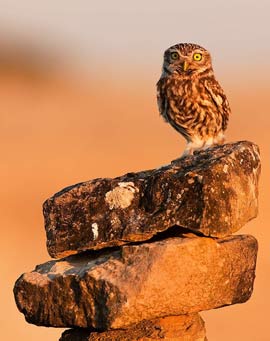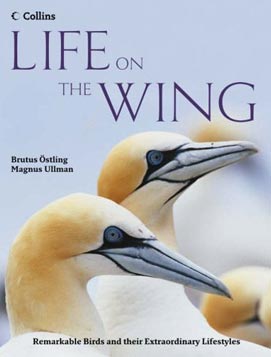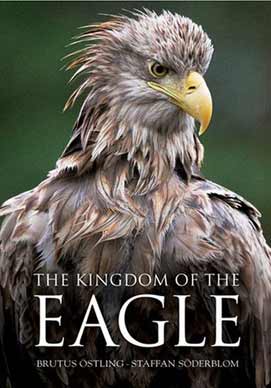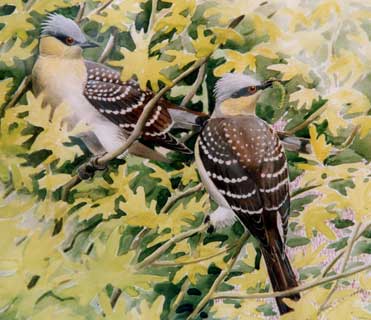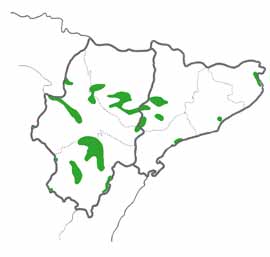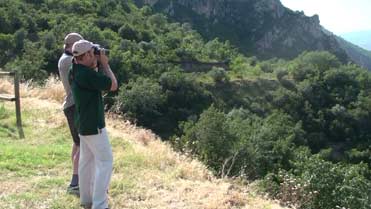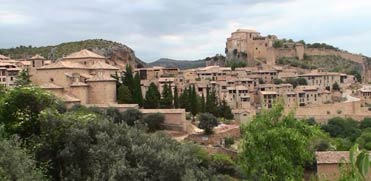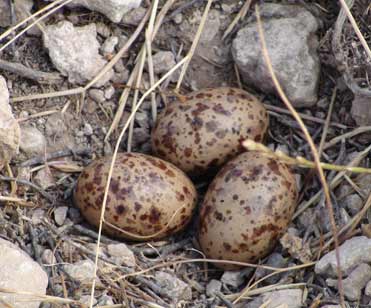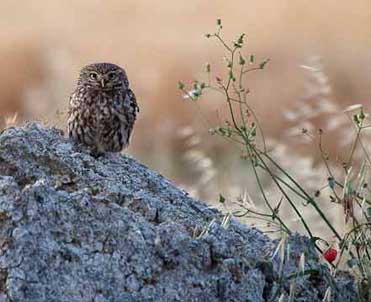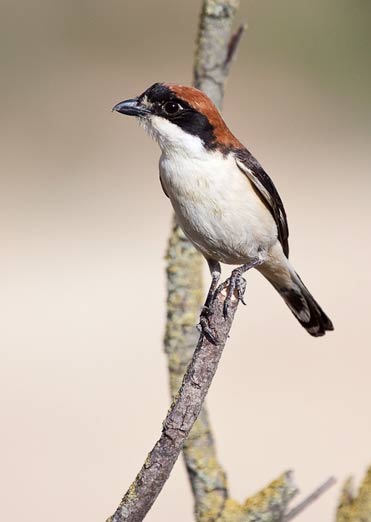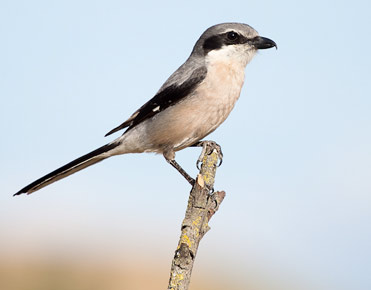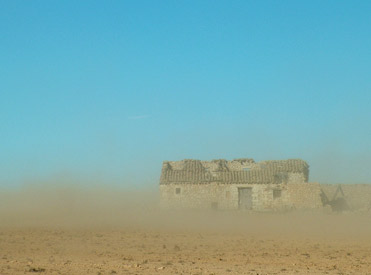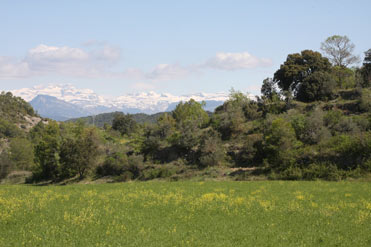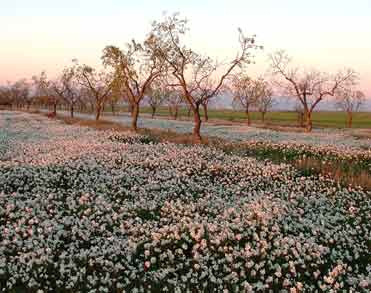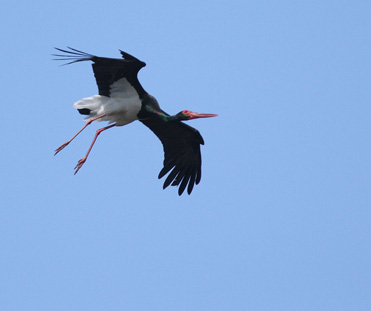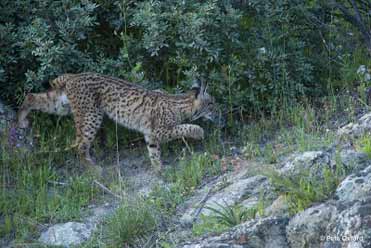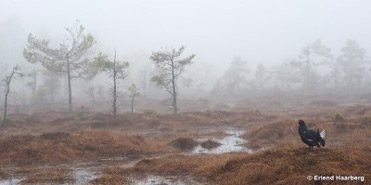Did you know that Lleida is just an hour by train from the centre of Barcelona?
That you can arrive early in the morning, bird all day, and go back to the metropolis in the evening, if you so desire?
That the nearest steppes and their birds are on the edge of Lleida?
Not sure I’m telling you the truth? Let’s look at a case example:
June 12th, 2009
Kevin from the USA got the train from Barcelona, arriving at Lleida station at 07:20 hours. I was waiting for him at the station, so the first bird were just a short drive away, literally on the edge of town.
We spent the whole day birding within a 50km radius of Lleida, after which Kevin took the train back to Barcelona at about 8 o’clock in the evening.
It was a long, hot and brilliant birding day. Here’s some of what we saw:
Little Bustard – 4 males
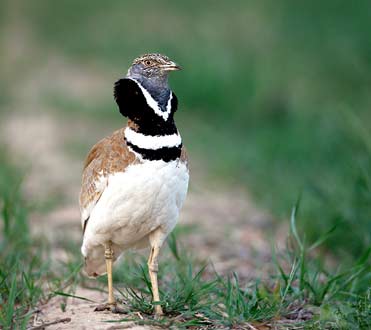
Little Bustard: photo by Jan-Michael Breider
3 Pin-tailed Sandgrouse
Shrikes: Lesser Grey, Southern Grey and Woodchat Shrikes
Great Spotted Cuckoo – 1 adult, probably the last one we’ll see this year
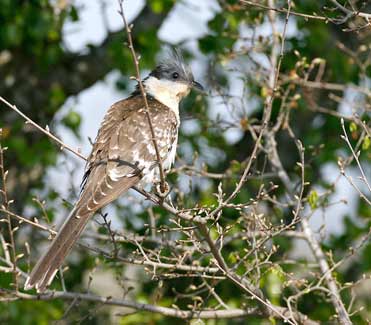
Great Spotted Cuckoo: photo by Jan-Michael Breider
Lesser Kestrel – at least 6
Montagu’s Harrier – 4 males
Vultures: 2 Egyptian Vultures and about 10 Griffon Vultures
Eagles: 2 Bonelli’s Eagles, 3 Short-toed Eagles and 1 Golden Eagle
2 Red-necked Nightjars
1 Penduline Tit buiding a nest
Wheatears: 1 Black Wheatear and 1 Black-eared Wheatear
Larks: Short-toed, Lesser Short-toed, Calandra, Thekla and Crested Larks
Rollers: I lost count of the Rollers we saw
Miscellany: 1 Little Owl, 1 Blue Rock Thrush, 1 Orphean Warbler, 1 Golden Oriole, Sardinian Warblers, Cirl Buntings, Bee-eaters, Iberian Green Woodpeckers, Red Kite, Western Bonelli’s Warblers, Stone Curlews ….
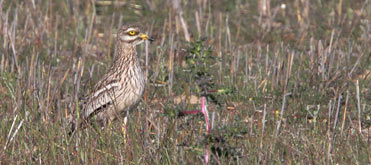
Stone Curlew: photo by Beat Rüegger
Check out the train timetables between Barcelona and Lleida with Renfe

